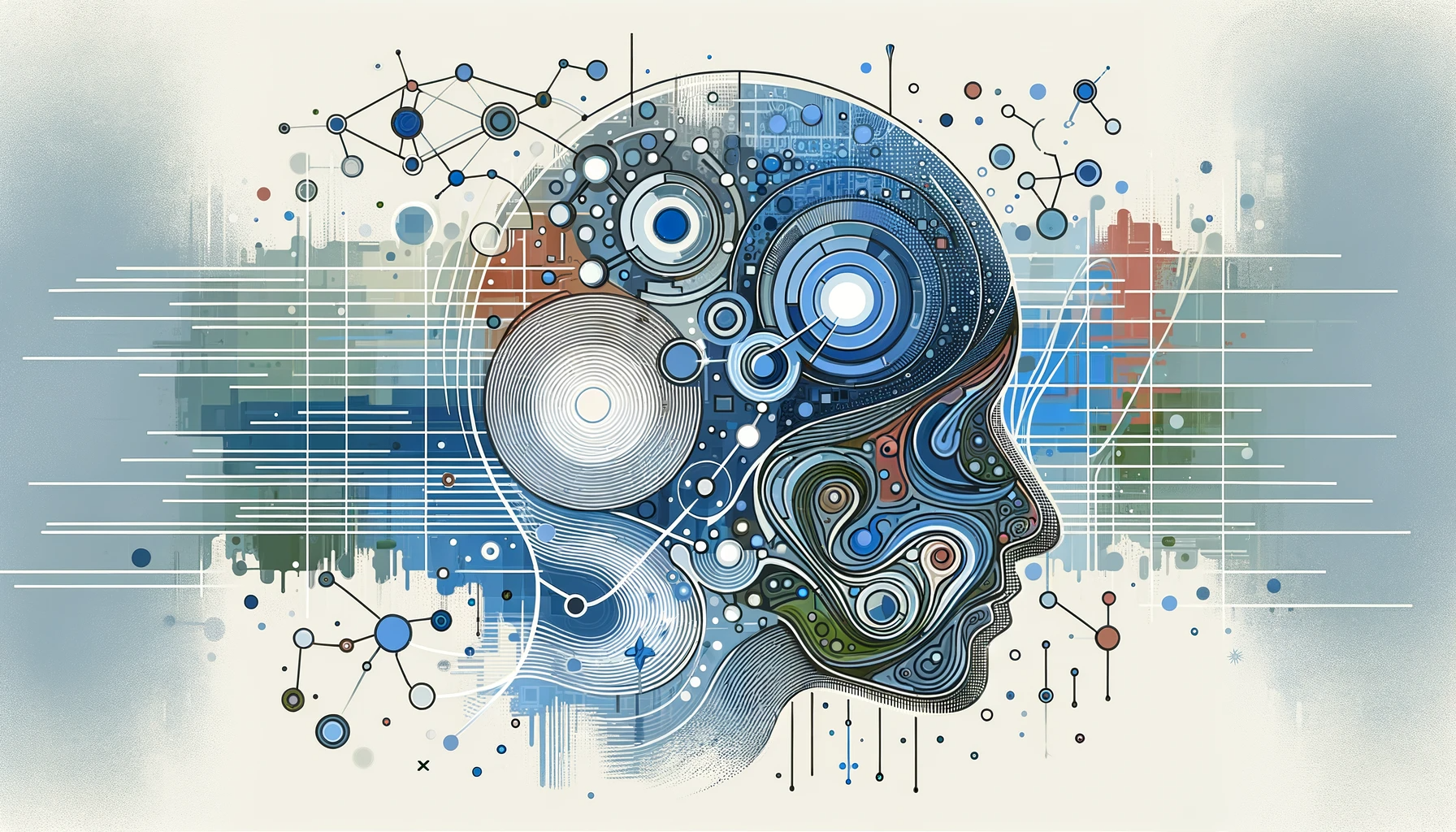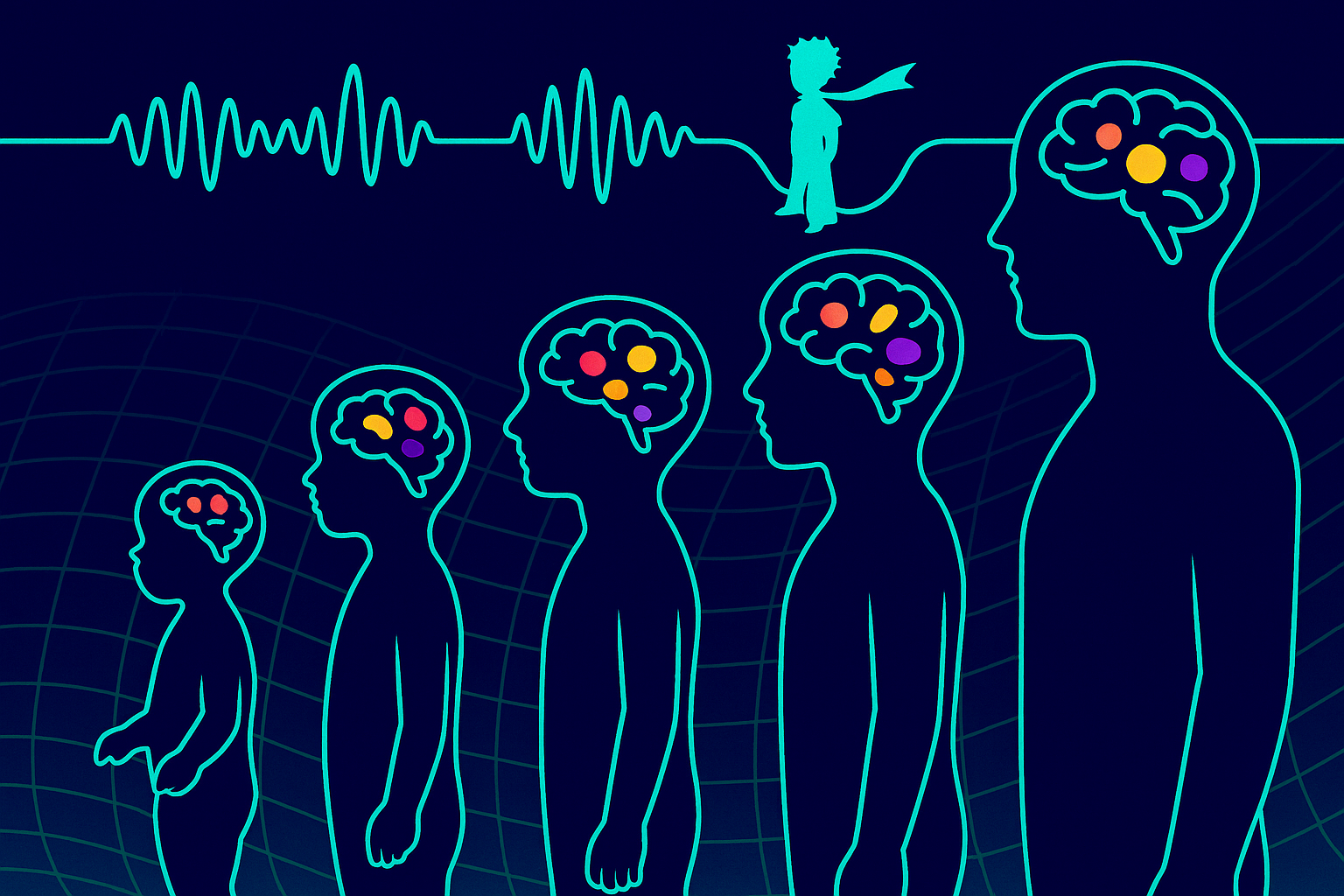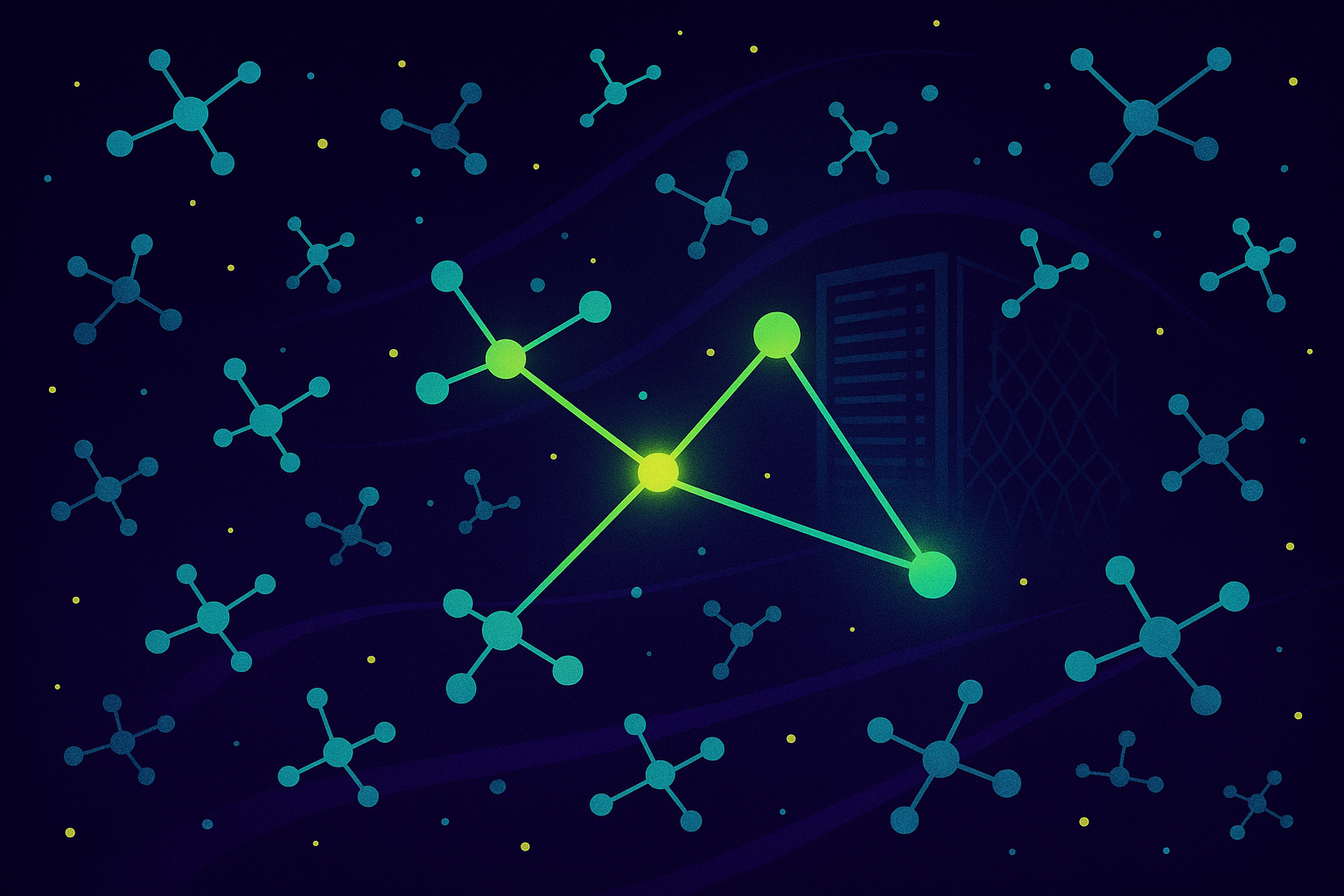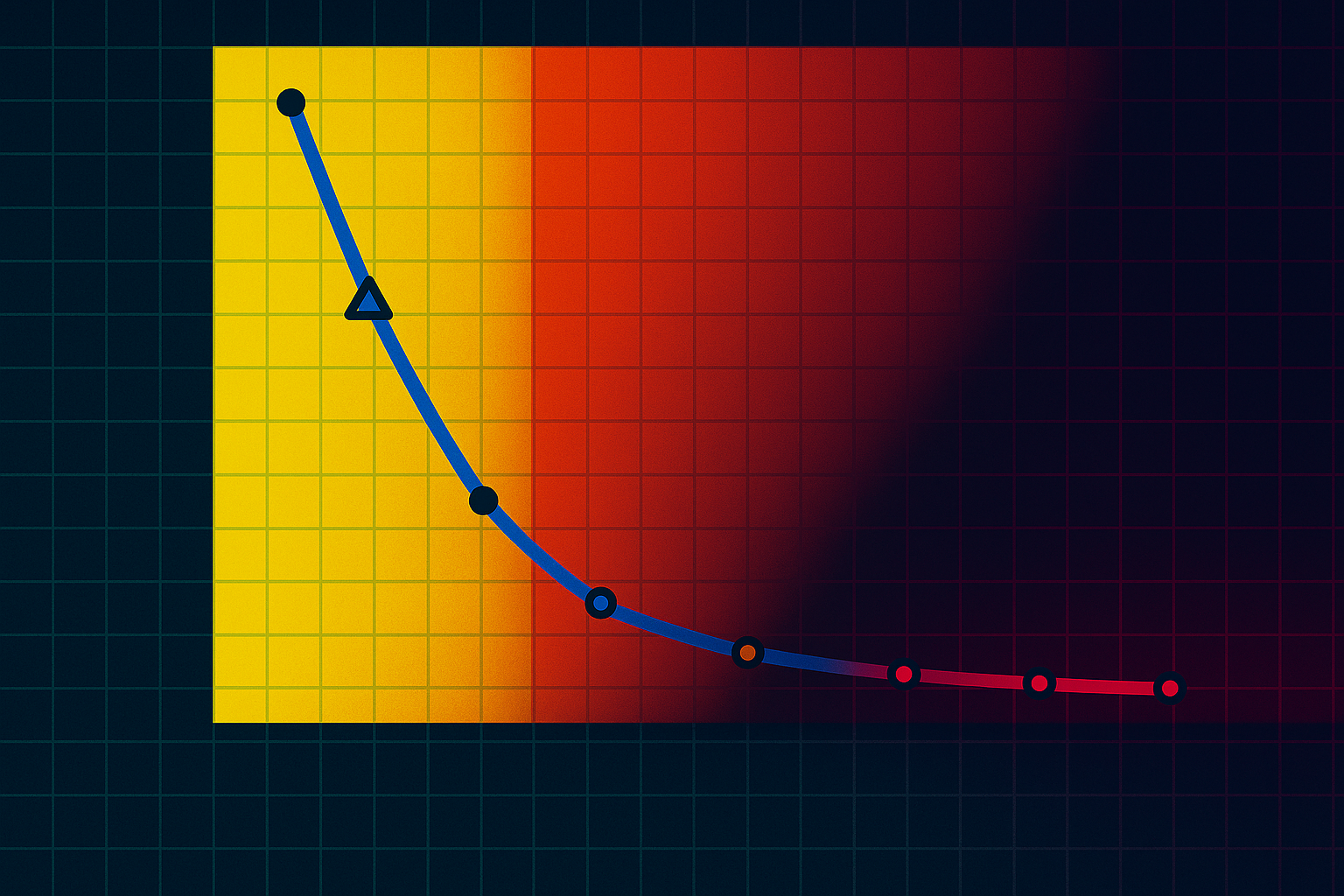Norwegian and Danish scientists have used machine learning to identify risk factors for suicide attempts among young people.
The study analysed data from 173,664 Norwegian adolescents aged 13 to 18, 4.65% of whom had attempted suicide in the previous 12 months.
According to Milan Obaidi, Associate Professor at the Department of Psychology at the University of Copenhagen, "recent self-harm is the most important indication of risk for suicide attempts." In addition, five other risk factors were identified: internalizing problems such as anxiety and depression, sleep problems, eating disorders, pessimism about future prospects, and victimization.
With a sensitivity and specificity of 90.1 percent, the researchers' model performed significantly better than other algorithms. It is the most accurate of its kind to date and can identify young people at risk better than other models.
Researchers call for a holistic approach
"It is crucial to identify the life circumstances that increase suicide risk among young people. Unfortunately, current methods for estimating risk factors are close to useless – thus, authorities cannot identify the people who are at risk," emphasizes Obaidi.
According to the researcher, a holistic approach is needed to stop the alarming rise in suicide attempts among young people. "You need to examine both risks and protective factors across many individual, psychological sociological, and environmental domains."
The results showed that the risk of attempting suicide in adolescents is not simply the sum of various social, economic, and psychological pressures, but rather takes place in intra- and interpersonal processes, they said. These are both "dynamic and specific, relating to internalizing problems, lack of optimism regarding future education and career, interpersonal conflicts with significant others, victimization experiences, as well as somatization and acting out tendencies."






